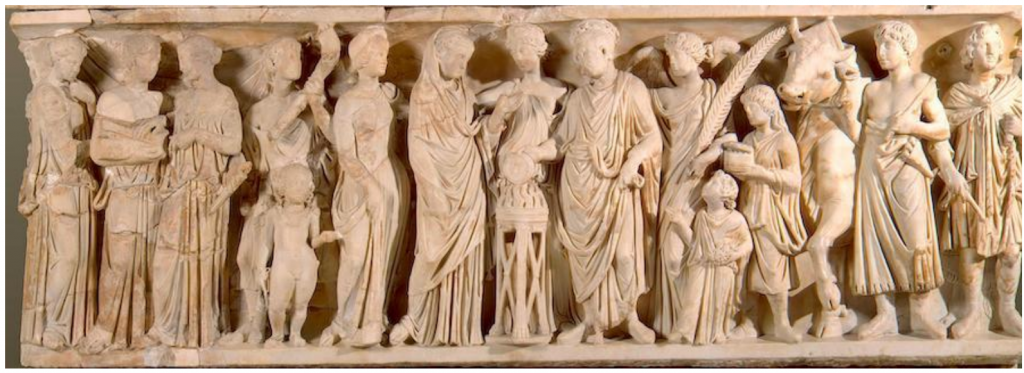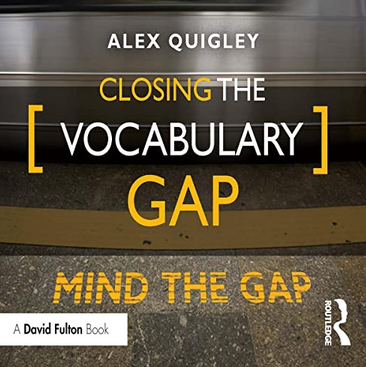“They always say time changes things, but you actually have to change them yourself.”
Andy Warhol.
If you regularly peruse my blog for the vague philosophical musings and/or feminist rants, this one may not be for you. For on my mind this week is a spreadsheet I’ve been creating, which logs the frequency and regularity with which individual grammatical constructions come up on the GCSE Latin language paper, both for OCR and WJEC.
Yes, I’ve had quite the rollercoaster of a week so far.
For some time, I’ve had the feeling that time phrases are under-taught in most schools. It’s an easy fix, so it’s something I have always addressed with all of my students unless they show immediate and obvious evidence of confidence with them (which is rare). Imagine the validation I felt, therefore, when my analysis of all the exam papers available to us so far (a total of eight years) revealed that time phrases are one of the constructions which occur with the highest frequency in both examination boards.
There are a grand total of 23 time phrases in OCR language papers to date, a number equalled only by the ablative absolute, which also occurs 23 times, and exceeded only by the indirect statement, which comes up a whopping 28 times in the OCR papers; the indirect statement is universally acknowledged to be a tricky construction, so most schools spend a great deal of time on it (often, as I wrote a couple of weeks ago, to the detriment of student understanding, but that’s another issue). The indirect statement occurs far less frequently in the WJEC examination (only 12 times) and its complexity is limited by the fact that students are not expected to know the range of infinitives that are required by OCR. Compare this to the fact that time phrases occur on the WJEC papers with a greater frequency than any other construction – a total of 18 appearances, with the next highest being the indirect command and the purpose clause, which both occur 13 times across the eight years.
Time phrases are not complex but they are – in my experience – something which students grasp with less ease than most teachers assume. In this blog post, I plan to explore why this is and to make the case that they should be addressed more frequently and with more care than is currently occurring in most classroom settings.
Time phrases are used in Latin to express either how long something went on for, or to specify when an event occurred; sometimes they are also used to indicate the period of time within which an event occurred, but the latter is infrequent at GCSE level. The reason that students find the construction more puzzling than their teachers perhaps assume is the nature of how these constructions translate into English.
The accusative case in Latin is used to express how long something went on for. Here are some examples:
milites duos dies pugnabant
The soldiers fought for two days
in taberna tres horas manebamus
We stayed in the pub for three hours
The use of the accusative to express length of time is perfectly logical to a subject specialist. We understand fully that the accusative is used to express passage of time and motion towards and we therefore find the translation into “for two days” or “for three hours” perfectly natural. For a novice, however, who is still wrestling with the very concept of noun cases and how to express them, the use of the word “for” in our English translation is deeply confusing. Isn’t the word “for” how the dative case is expressed? It is essential therefore to explore and unpick this potential confusion and explain to the novice that the English language is using the word “for” to express an entirely different concept here. The dative case means “for” as in “the slave prepared the meal for the master” – in other words, for the master’s benefit. This is quite different from the use of the word “for” to express how long something went on for, which is expressed by the accusative case in Latin. The use of the word “for” in our translation has to be tackled head on and explained carefully until the novice fully grasps the difference between the concept of the dative (“the slave prepared the meal for the master – i.e. for his benefit”) and the accusative (“the slave prepared the meal for three hours – i.e. that’s how long it took the slave to prepare it”). This cannot be skimmed over, otherwise a novice’s understanding is likely to be shaky – the knowledge will not stick, because it is built on shaky ground. Virtually every single student I have worked with have furnished me with evidence for this – only those carefully drilled in one or two schools with a reputation for extremely rigorous grammar teaching have not fallen prey to this misunderstanding.
The ablative case is used in Latin to express when something happened. Below are some examples:
milites prima luce oppugnaverunt
The soldiers attacked at first light
amici illa nocte advenerunt
The friends arrived on that night
milites nocte fugerunt
The soldiers fled by night
Here, students can experience some confusion due to the myriad of possibilities when it comes to rendering the ablative case in a translation. The variety with which English expresses the concept of when something happened depending on the vocabulary used can be really confusing, so once again the novice must be taught carefully. It must be thoroughly explained that “at”, “on”, “in” or “by” are all possibilities and the students must be given lots of practice in selecting the most appropriate choice. Only when students have seen multiple occurrences of these time phrases and thus practised all the different possible ways that they might be translated can they be said to have gained full confidence in this concept.
Having worked in a state comprehensive I understand better than most that classroom time is a precious and finite resource. Yet having performed my analysis of exam papers I feel I have a strong case that teachers should be devoting more of their chalkface time to this concept. All students can grasp it and they all stand to make tangible gains in the examination with the full understanding that more thorough teaching will afford them.







